By Sean Fagan.
.
10 Ways to Keep Your Cool
When it's Hot and Sunny
.The sun beaming from a cerulean sky. Balmy heat.
This is what many of us consider idyllic weather when outdoors.
But even good weather can bring risks - if not treated with respect and the right know-how.
In 2003, Europe experienced an exceptional heatwave.
In France alone, it was estimated that over 14,000 people died from heat-related deaths (mostly elderly people).
Obviously, high temperatures can be potentially fatal.
Make no mistake about it - high temperatures along with sunshine can prove even more debilitating.
.
My Own Icarus Encounter with an Unforgiving Sun
.
A good few years ago I went on a summer trekking holiday in the south of France.
The weather was sunny and beautiful - with temperatures hovering at 32 degree Celsius for most of the time.
I trekked for hours each day.
By the 7th day I was starting to feel out of sorts.
From the 8th day I was bedridden - for 2 full days.
Heat exhaustion.
What I learned most from my encounter with heat exhaustion - is that the little things matter...
I was drinking a lot of water - but not enough.
Each day I was walking during the peak temperatures and sunshine of mid-day.
I applied suncream to my face and neck but not enough - I got mild sunburn.
I foolishly forgot to bring a wide-brim sun hat or bandanna to keep my head cool - and only wore a peaked cap.
I passed quite a few rivers and lakes - but didn't consider swimming in them or soaking my clothes and hat in water to keep cool.
I didn't give due consideration to my route-planning - such as incorporating more of my walking route through available woodland.
I slept poorly but soldiered on.
These seemingly insignificant factors accumulated - until I could not think clearly - until I was literally debilitated by the sun and high temperatures.
This is an example of the potentially incapacitating effect of high temperatures (combined with long sunshine hours).
Over the years I've learned some important lessons about what to do when temperatures are high and the sun is out - they are simple, easy-to-apply tips.
These 10 tips will enable you to keep your cool no matter how hot and sunny it gets.
..
1. Water
THE ELIXIR OF OF LIFE
..
.
Drink plenty of WATER!
It's best practice to drink a lot of water (1 litre or more!) upon arising in the morning – then sip frequently throughout the day.
Admittedly, gulping down a litre of water first thing in the morning can be an unappealing proposition.
But to use myself as an example - when I've been in countries with hot climates - drinking a litre of water in the morning often made the difference between feeling charged and ready-to-go or feeling fatigued and muddled in my thinking.
When it comes to hydration on hot, sunny days think of OVER-COMPENSATING - bring more water then you think you need.
Remember, if you don’t need the water you can always dump it or dampen your clothing and hat to cool down.
2-6 litres per day is a ballpark figure but how much you will exactly need is based on how long you plan to be out, the ambient temperature, your level of exertion and if you have the ability to purify and drink water from wild sources of water.
Nevertheless, even in a temperate countries like Ireland or Britain, it can be quite hot and sunny during summer and carrying 2 litres of water (as a minimum) is a sound starting point.
Please - don't begrudge the weight of water in your backpack - water is crucial for a whole slew of essential bodily functions including mental clarity and temperature regulation - both important facets of functioning optimally and keeping safe, when outdoors.
A quick and reliable way to check if you are well hydrated is to check the colour and quantity of your urine. The urine should be either clear or pale yellow and copious in quantity throughout the whole day.
..
2. Protective Clothing
KEEP YOURSELF COVERED
...
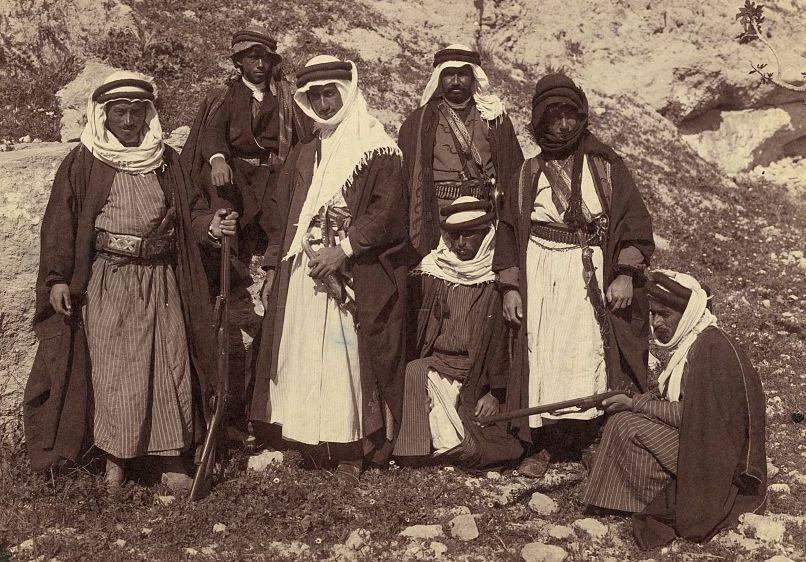
Be like the desert-dwelling Bedouin people - cover up when the sun is out (photo: Wikimedia Commons).
.
Wear clothing that will COVER your arms and legs to minimise risk of sunburn. By all means wear a T-shirt and shorts when the weather is good – but its a great idea to carry long pants and a long sleeved top in your backpack in case the sun gets a little too strong.
Aim to wear loose-fitting, light-coloured clothing to allow cooling air to circulate and cool your skin under your clothing.
Generally, the tighter the weave of the clothing the better the sun protection - the only issue with tight-weave clothes is that they are less breathable. Experiment, and find out what works for you.
I'm a big fan of outdoor shirts in hot weather. The collar can be placed upwards to protect the neck from the sun, the sleeve rolled up or down, and it can be buttoned up or left open. They are really good for temperature regulation in cold or hot weather, they can provide full protection against the sun and biting flies for the whole upper body. These are very good reasons why many experienced folk wear robust, outdoor shirts.
.
.
3. Wear a Sun Hat
ENJOY THE BLISS OF A COOL HEAD
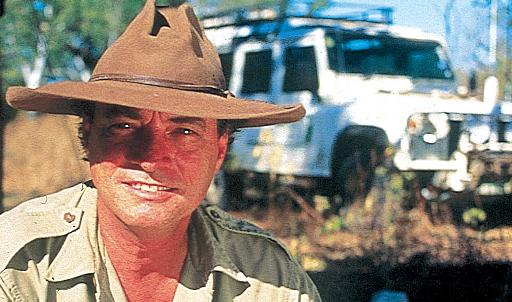
The great Les Hiddins knew the value of a wide-brim sun hat on his many travels through the hot, arid lands of Australia (Photo: Wikimedia Commons).
..
Always bring a SUN HAT – preferably wide brim. Soak your hat in water when possible to keep your head cool and clear-thinking.
The skin of the human cranium is covered in a dense patchwork of miniscule blood vessels - capillaries. Unfortunately, these blood vessels have a limited ability to constrict when its cold (to minimise heat loss) or expand when it's hot (to dissipate heat).
In short, the human head is not very good at temperature regulation.
So it's important to keep the head cool on hot days.
Personally, whenever I forget to bring a sun hat on hot, sunny days I find it harder to be decisive - to be clear-headed.
Not wearing a sun hat on a sunny day is also uncomfortable, no matter how much sun cream I apply to my face and neck.
Conversely, wearing a sun hat on a hot, sunny day is great for clear thinking and comfort.
I prefer a wide, stiff-brim hat with some mean of securing the hat onto my head on windy days. Wide brim floppy hats tend to be an annoyance on windy days. I also prefer muted-coloured hats, that are either brown or dark green - to facilitate wildlife observation.
.
4. Rest in the Shade
BE A COOL CAT
.
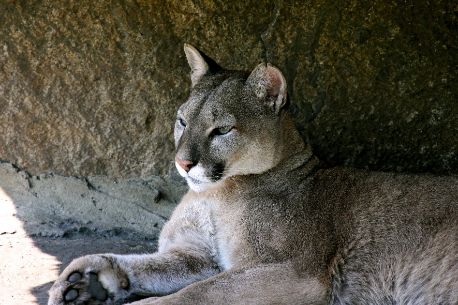
One chilled cat. Many animal species, such as this mountain lion in photo, avail of cooling shade in order to avoid the sun and high temperatures - and so should you (photo: Wikimedia Commons).
.
Shade is your friend during sunny weather. If you can pick a shady spot with a cooling breeze, all the better.
Whenever you are passing through open country on hot, sunny days and you see some shade in the yonder - don't be shy about taking a shade-break.
Languish in shade when possible, and preferably often.
It's all too easy to keep moving on hot days and ignore the respite that shade can give, but prolonged exposure to high temperatures and sun can have an accumulative effect - leaving the individual feeling very tired at the end of the day.
Best to seek shade at regular intervals which will allow the body to regulate its core and peripheral temperature better and offset some of the fatigue associated with prolonged exposure to high temperatures and sun.
Consider bringing your own form of sun-shelter if exposed to open, treeless country. A good-sized tarp is ideal.
.
5. Wild Swimming
CLEANSING, REFRESHING & COOLING
..
.
Taking a timely dip when temperatures are oppressive is a very effective way to quickly cool down
Wild swimming is a great way to invigorate the body after a hard days exertion in hot, sunny weather. Also, keeping clean and fresh is good for morale when living outdoors. Outdoor swimming is also a great way to connect to nature.
Think strategically – avail of cooling bodies of water and shady areas en route. When route planning on your map strive to maximise contact with cooling bodies of water and shady areas.
Be careful – avoid swimming in fast moving streams and rivers and getting out of you’re depth. Be mindful of damaging sun exposure while swimming.
6. Woodlands
A GENTLE REFUGE FROM THE SUN
.
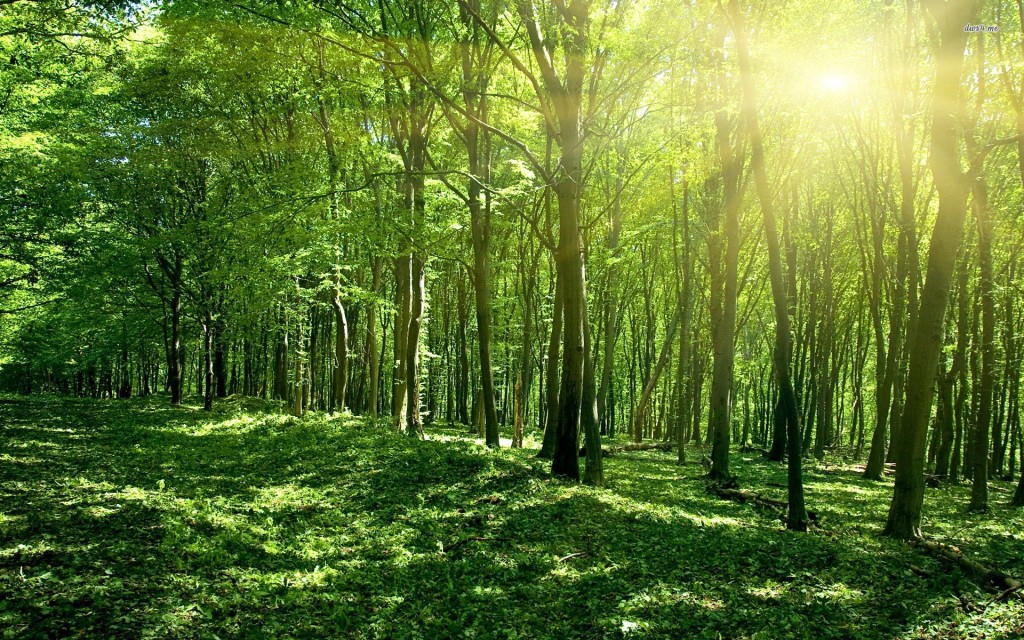
Woodlands can provide a welcome respite in warm, sunny weather - especially when active (photo: Wikimedia Commons).
.
During hot sunny weather, consider spending your time in the cooling shade of WOODLANDS rather than exposing yourself to the sun and heat of open country.
Personally, I'm not a great fan of hiking open country such as treeless mountains and hills in hot, sunny weather – give me snow, rain, hail and wind - over sun on the hills any day.
In contrast to open country on hot days the woods can be surprisingly cooling and comfortable on a hot day (even though woodlands present a greater navigational challenge than open country).
This is partly because trees transpire more on warmer days - and evaporating water from the leaves chills the woodland air - just nicely.
.
.7. Bandanna
A TRULY VERSATILE PIECE OF OUTDOOR KIT
.
.
A bandanna is not an essential piece of kit for bushcrafters but is a perfect example of how an simple item can prove to be very useful for the outdoors.
Bandannas are absurdly versatile and can be used in many ways - arm sling or general bandage, as rope, head cover, hood, scarf, belt, and for lifting hot items such as the metal handle of a kettle - and yes - a bandanna is a great cooling aid.
Simply soak the bandanna in water, wring off excess water - then wear around the neck.
The large volume of blood that passes through the carotid artery of the neck can be cooled when a damp fabric, such as a soaked bandanna, is tied around the neck.
Cotton bandanna's are great – silk bandanna's are better but more expensive. Silk, for its weight, is cooling when damp and very warming when dry.
Also, if you lose your hat - a bandanna makes for a great substitute for keeping the crown of your head nice and cool.
.
8. Sun Cream
PROTECT THE SKIN, EYES & LIPS
.
Most sunscreens with an SPF of 15 or higher do an excellent job of protecting against UVB.
Go for a broad spectrum sun cream with a minimum Sun Protection Factor of 15.
Broad spectrum sun cream protects against both UVA and UVB radiation. Many generic brands of sun creams protect against only UVB radiation - this is not good enough – as UVA radiation can cause skin damage and skin cancer.
Selecting high quality, broad spectrum sun cream is especially important for individuals that spend many hours outdoors.
It’s all too easy to forget to apply sun cream. Even if you are well covered with clothes, a hat and sunglasses it’s still important to apply sun-cream onto exposed skin – such as the hands.
Apply onto skin before sun exposure – then apply the cream frequently when sun-exposed (don’t forget to apply on oft neglected areas such as the hands, ears and back of neck).
Remember – to liberally apply sun cream at least every two hours or immediately after swimming or sweating.
For protecting the eyes - wearing full UV-protected, polarized sunglasses. Polarized sunglasses are better than regular sunglasses as they take the glare off reflective surfaces such as water and snow.
Canoeing across a lake in full sunshine without polarized sunglasses can be a blinding experiences. Best avoided.
..
9. Pace Yourself
GO SLOW - FINISH STRONG
.
It’s easy to overheat and sweat profusely if exerting yourself too much in hot weather.
Avoid the all too common tendency to over-exert during hot weather. Not only do you risk heat-stress related issues such as heatstroke but sweating profusely can increase your need for water - water that you usually have to carry.
Strive to move at a relaxed, languid pace when it's hot and sunny. A clear example of working with nature rather then fighting against nature.
.
10. Mid-Day Siesta
REST EASY DURING THE MID-DAY HEAT
.
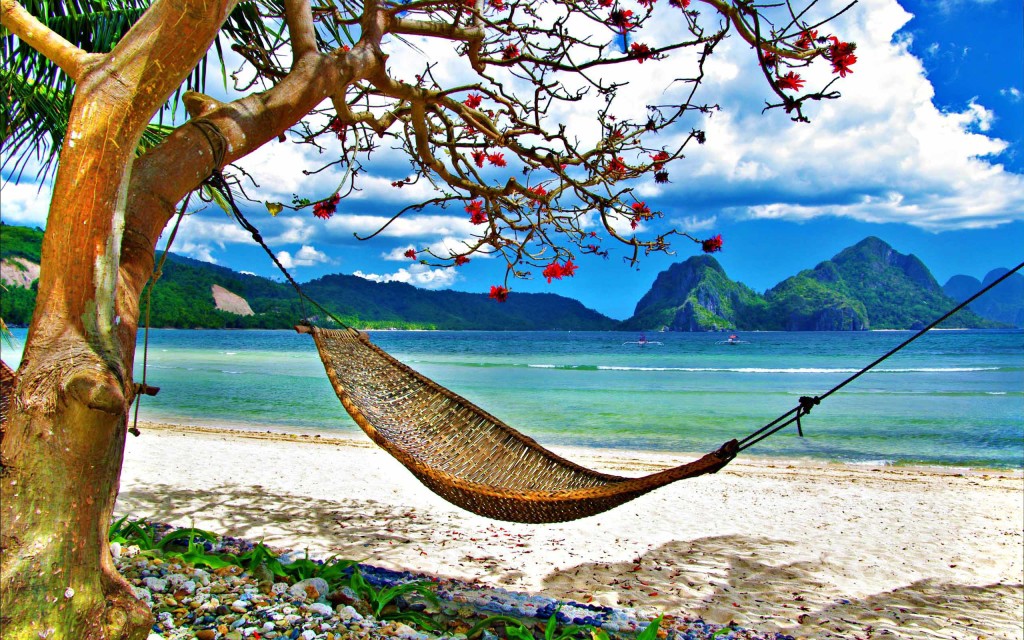
A mid-day siesta is a great to avoid the brunt of high temperatures and sunshine during mid-day (Photo: Wikimedia Commons).
.
Often, it best to avoid being active during the peak temperatures and sunshine of MID-DAY – early morning and evening are ideal times for vigorous outdoor activities such as hiking and canoeing when its hot/sunny.
You also have much better chance of seeing wildlife during dawn and dusk as many animals are crepuscular and/or nocturnal.
Above all, enjoy good weather, and no matter how long you are outdoors… The above 10 tips will keep your cool, upbeat and clear-headed when the weather is hot and sunny. . Summary of 10 Tips:- Drink plenty of water.
- Use suncream.
- Wear a wide brim hat.
- Use a damp bandanna to cool the neck.
- Wild swimming: refreshing, cleansing and cooling.
- Rest often in the shade.
- Avoid the heat and sun of mid-day.
- Pace yourself - go slow & plan your route to avail of shade and water.
- When it's sunny and hot, woodlands are a great alternative instead of open ground for outdoor activities
- Always bring long pants and a long sleeved top to cover your arms and legs.
- Understanding UVA & UVB Radiation
- Understanding Sunscreen Cream
- General Information about Sun Protection
.
.
PIONEER BUSHCRAFT DISCLAIMER
.
The aim of this article is to provide advice that will enhance the quality of your time, and well-being, when outdoors.
Pioneer Bushcraft does not take any responsibility for the misapplication of advice in this article.
The advice in this article is very much an adjunct to, and not a substitute for, high-quality bushcraft training (including outdoor medical training), relevant research and experience, trustworthy local knowledge, thorough risk assessments and all other health & safety considerations specific and pertinent to your outdoor excursions.
Please – when outdoors, take responsibility for your well being seriously.
It can make all the difference between a great or bad outdoor experience.
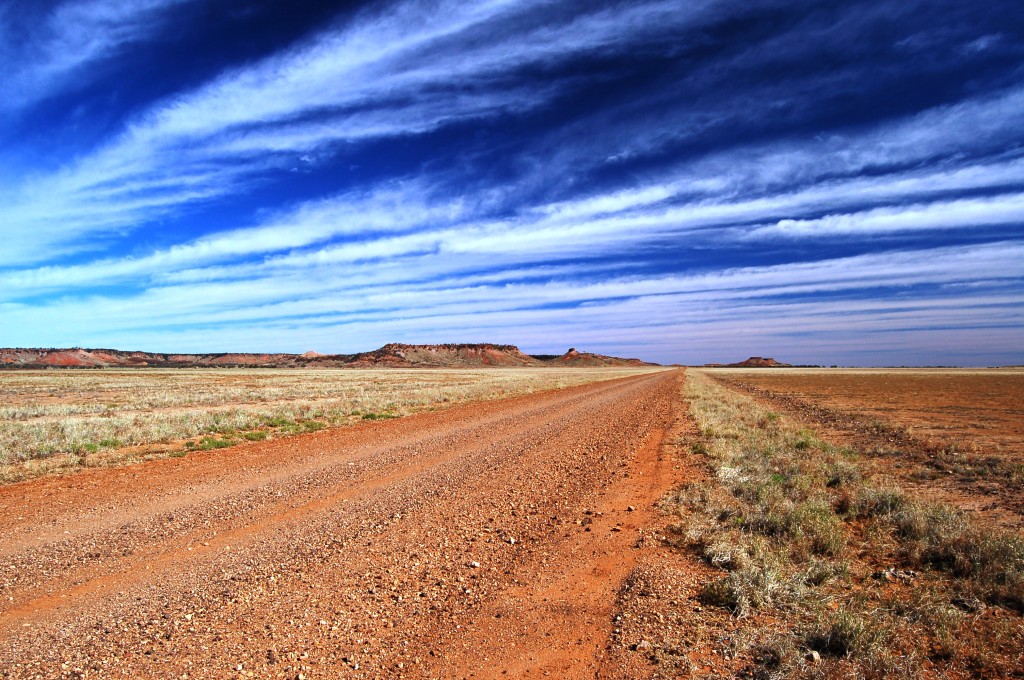
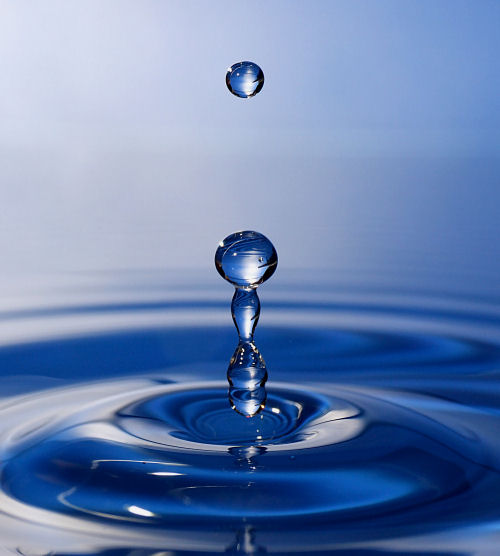
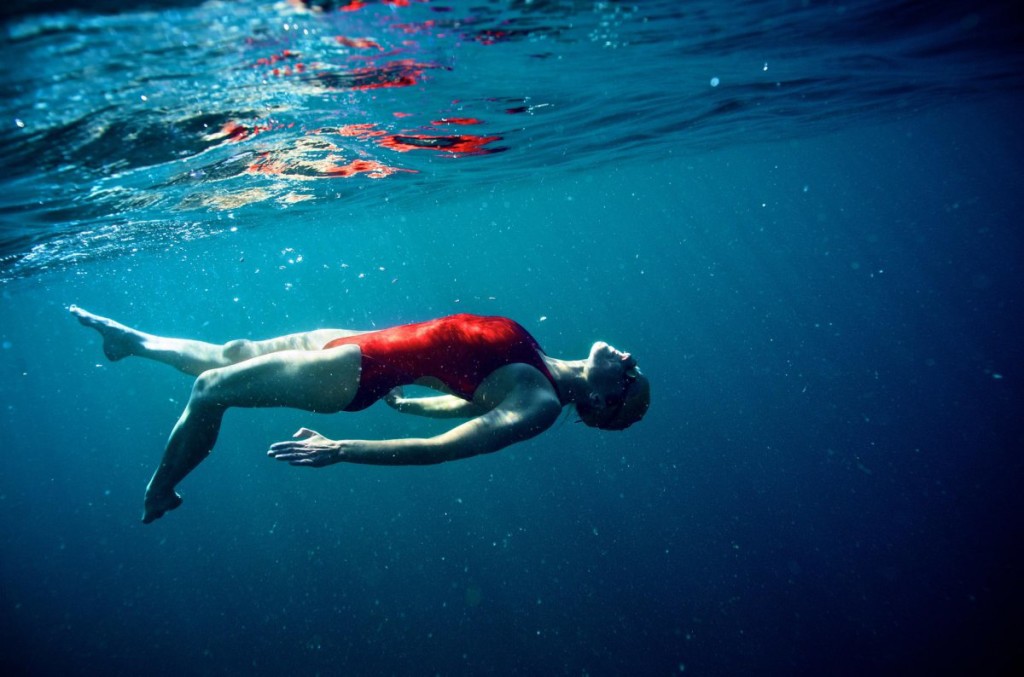


Recent Comments